No products in the cart.
Return To Shop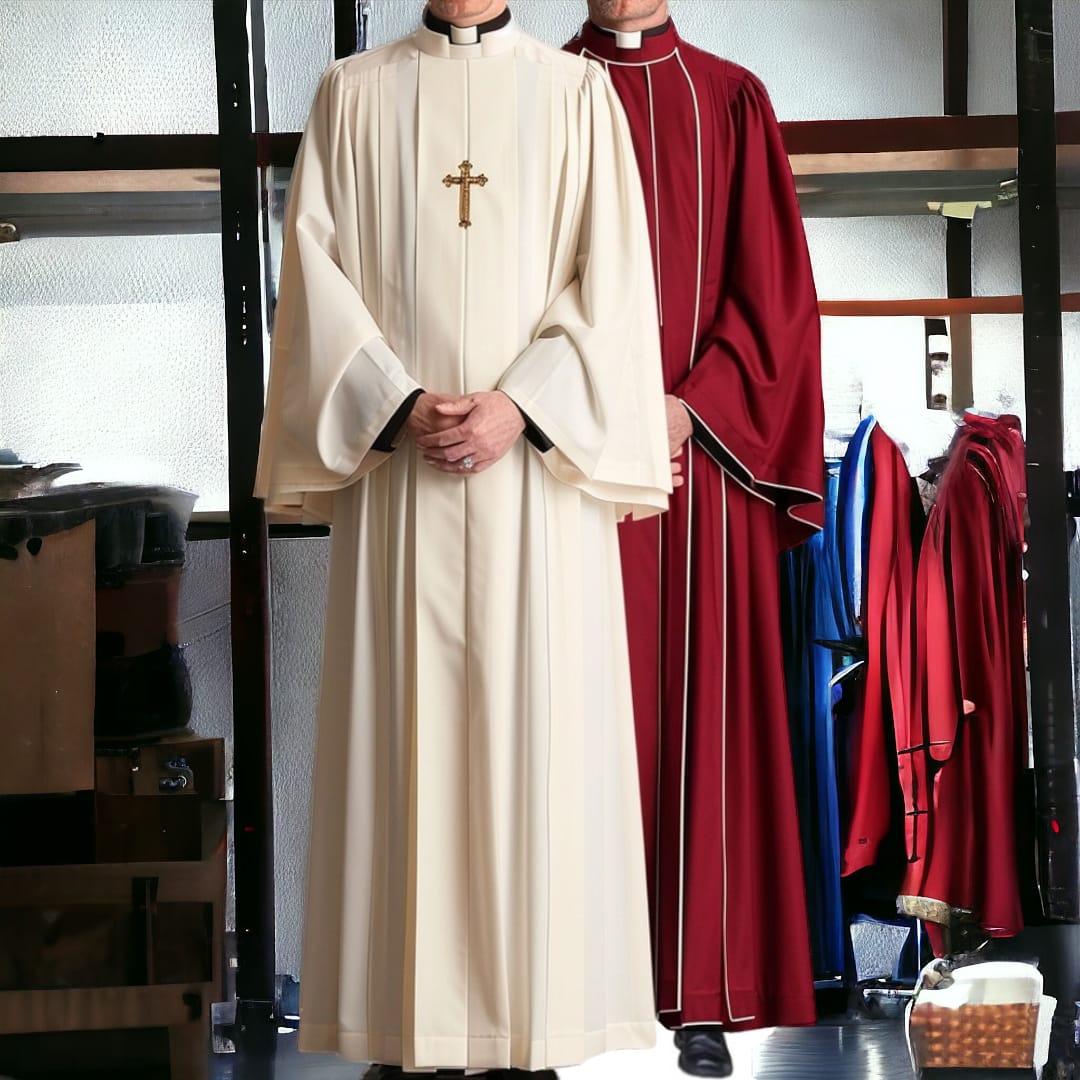
Guide to find Clergy Robes for Mens & Womens
Clergy robes are essential garments worn by clergy members during religious ceremonies, symbolizing their sacred role and commitment to their faith. These robes vary across denominations, each holding spiritual and liturgical significance. Suppose, A small church tucked into the hills, preparing for its 100th anniversary celebration. In the quiet of the sanctuary, a minister slips into a newly tailored robe made lovingly by a congregation member. Every stitch and every hemline tells a story of faith, tradition, and craftsmanship. In this guide, we will explore the various types of clergy robes, their meanings and symbolism, and provide a practical overview of where to buy them, how to choose the right fit, and how they are used in modern-day worship.
Let’s unravel the beautiful tapestry of Clergy robe colours and discover how these sacred vestments enrich worship and inspire faith.
What Are Clergy Robes and Their Purpose?
Clergy robes, also known as clerical robes, are specialized garments worn by clergy members during religious services. Their primary purpose is to symbolize the priest’s role as a servant of the church and a representative of the divine.
Wearing these robes helps clergy members separate their everyday life from their religious duties, reminding them and their congregation of the sanctity of the service.
Why do clergy wear robes? The robes serve multiple purposes. They provide uniformity and consistency in worship, indicating the solemnity of the occasion. The robes also emphasize humility, reminding the clergy that they are servants of God.
In many religious traditions, the robes are worn as a sign of authority, as they signify the sacred office held by the clergy.
Types of Clergy Robes Across Traditions
Explore the types of clergy robes with this guide, covering cassocks, chasubles, stoles, and more for various traditions and roles.
- Catholic Clergy Robes: Catholic clergy typically wear cassocks, chasubles, and surplices. The cassock is a full-length robe worn by clergy members during daily rituals or private prayer. Chasubles are worn during Mass and other liturgical services, and surplices are worn over the cassock, usually for special occasions.
- Methodist Clergy Robes: Methodist clergy robes are often simple and traditional, with a focus on functional wear that reflects the church’s emphasis on service. The robes can range in color but are typically black or white. They are often accompanied by stoles, which signify the minister’s authority.
- Presbyterian Clergy Robes: Presbyterian clergy robes often resemble traditional black or white robes, worn during services to maintain solemnity. These robes may also include stoles or other liturgical items depending on the season or occasion.
- Bentley and Simon Clergy Robes: Bentley and Simon is a renowned brand known for producing high-quality clergy robes. These robes are designed to meet the specific needs of clergy members, offering both comfort and elegance in their design.
- Jesuit and Advent Priest Robes: Jesuit priests may wear slightly different robes compared to other clergy. Their cassocks often have a distinct look, and they are typically worn during Mass or other liturgical functions. Additionally, Advent priest robes are often worn during the Advent season and feature rich, symbolic colors like purple and blue.
Symbolism and Meaning of Clergy Robe Colors
The guide to clergy robes’ colors is rich with symbolism, particularly during different liturgical seasons. For example:
- Gold Robes: Symbolize the glory and majesty of God, often worn during festive celebrations such as Easter.
- Green Robes: Used during ordinary times in the liturgical calendar, representing hope and growth.
- Red Robes: Worn during Pentecost and commemorations of martyrs, symbolizing the fire of the Holy Spirit.
- Purple Robes: Signify repentance and preparation, worn during Advent and Lent.
The black robes worn by priests and pastors often symbolize solemnity and authority, while brown robes are associated with religious orders like the Franciscans, who embrace humility and simplicity.
Clergy Robes for Women
Womens clergy robe have evolved over time to combine tradition with practicality. Female clergy members may wear robes similar to their male counterparts, but with modifications for comfort and style. The women’s clergy robe pattern is often designed with attention to both fit and functionality, allowing for movement during services. Many manufacturers, including Especially Yours clergy robes, provide custom clergyrobes designed specifically for women. These robes incorporate elegant patterns and tailoring that are both reverent and flattering, allowing women to maintain their role as spiritual leaders while feeling confident and comfortable in their attire.
The Role of Clerical Robes in Specific Denominations
- United Methodist Church Clergy Robes: In the United Methodist Church, clergy robes are typically black or white, worn during Sunday services, weddings, baptisms, and other ceremonies. The robe signifies that the minister is representing the authority of the church and is an outward symbol of their commitment to their ministry.
- Catholic Priest Robes: Catholic priests wear distinct garments such as the cassock, chasuble, and surplice. These robes hold deep significance and are worn for Mass and other special services. The cassock is the most commonly recognized priestly garment, worn by priests in many settings, including outside of formal services.
- Bishop Robes: Bishops wear robes that reflect their higher status within the clergy hierarchy. The bishop’s robes are often adorned with distinctive elements, such as a pectoral cross or a mitre, indicating the authority of the bishop. These robes are typically more elaborate than those worn by priests and include ceremonial items.
Modern and Practical Aspects of Clergy Robes
When selecting clergy robes, there are a few practical aspects to consider. Many clergy members want robes that fit well and are comfortable to wear during long services. It’s also important to choose the right size, which can be easily done with a clergy robe size chart.
For those who prefer a personalized touch, many manufacturers offer the opportunity to design your own clergy robe. This can include selecting the fabric, color, and any additional embellishments that reflect personal or denominational preferences.
Additionally, for those interested in making their own robes, there are plenty of patterns available, from simple sewing patterns to detailed designs, allowing clergy members to craft their own attire.
Clergy Robes in Modern Culture
Clergy robes, though deeply rooted in tradition, are also present in popular culture. Many films and television shows feature characters in priest in robes, often portraying clergy as figures of authority and wisdom.
In addition, guide to clergy robes hold symbolic significance in dreams, such as the dream of a priest in white robes, which may represent purity, spirituality, or a call to religious service.
Conclusion
Clergy robes play a vital role in religious life, serving as symbols of devotion, humility, and spiritual authority. From Methodist to Catholic priest robes, these garments connect clergy members to centuries of tradition and the sacred purpose they fulfil.
Whether you are looking for a women’s clergy robe pattern, considering designing your own clergy robe, or exploring the different types of clergy robes, understanding their significance can help you make an informed choice about your attire. If you’re ready to find the perfect robe, visit Holy Clergy for a wide selection tailored to your specific needs.
Frequently Asked Questions About Clergy Robes
what is a priests robe called?
The priestly robe is typically referred to as a cassock, although other garments like the chasuble or surplice are also worn during liturgical services.
Why do priests wear robes?
Priests wear robes as a symbol of their sacred role and to distinguish themselves from the laity. The robe is a reminder of their commitment to serve the Church and God.
What do the colors of the priest’s robes mean?
Each color of priest robes has a spiritual significance, representing different seasons or events in the liturgical calendar. For example, purple represents repentance, gold represents glory, and green signifies hope.
Where can I buy clergy robes?
Clergy robes can be purchased from various online stores, including specialty retailers like Holy Clergy, which offers a wide range of robes for different denominations.



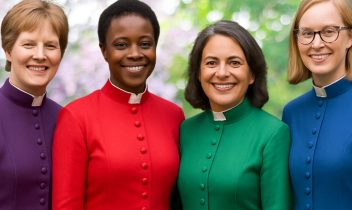
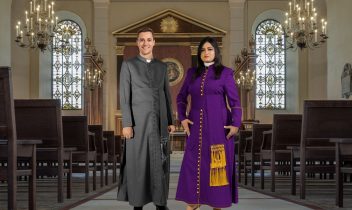
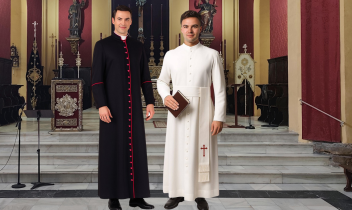
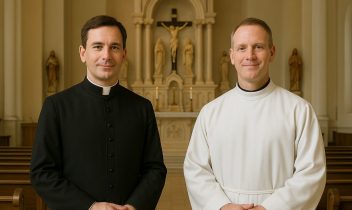
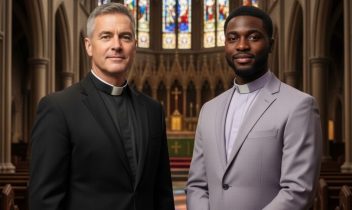
Recent Comments